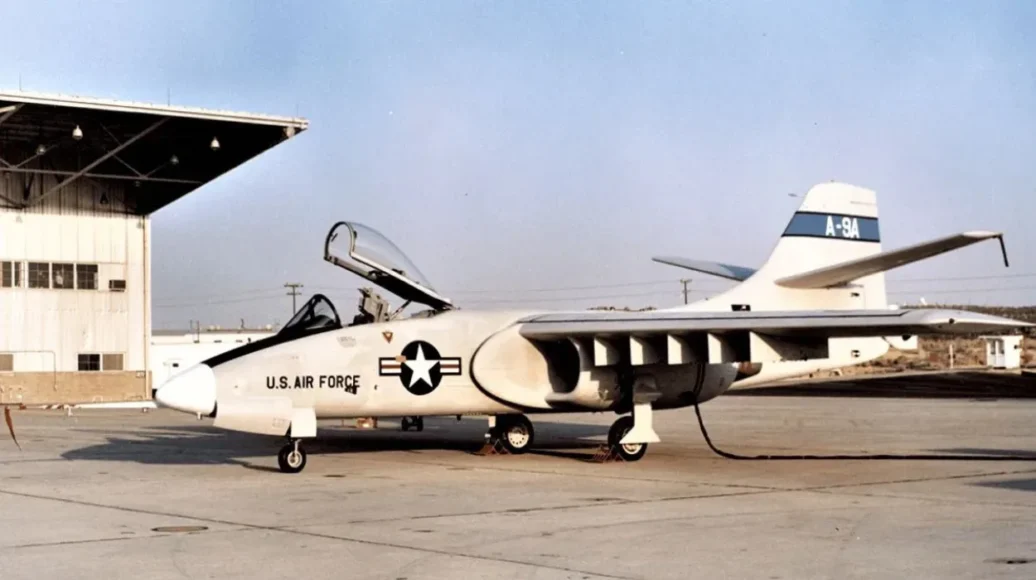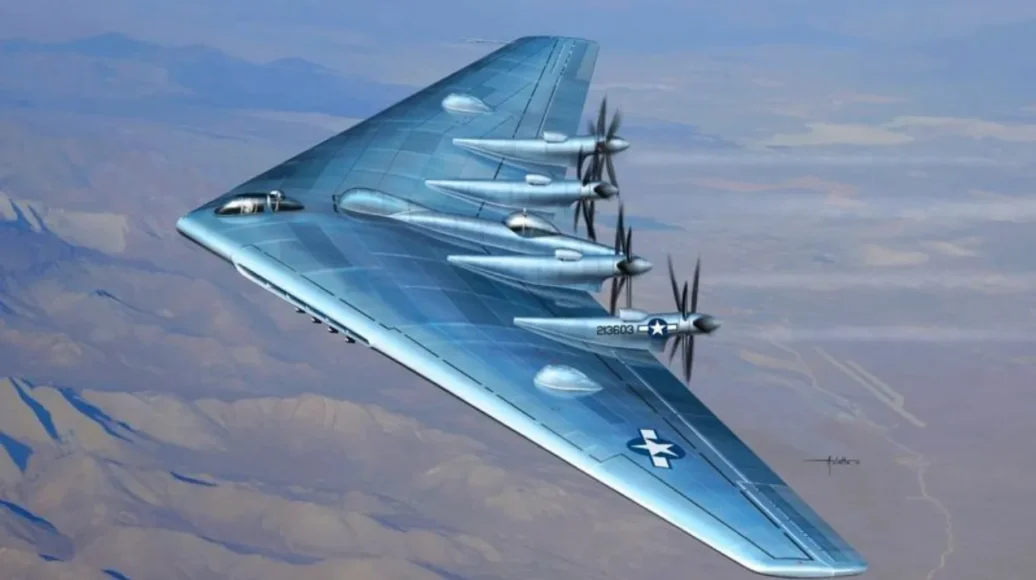
The Northrop YB-35 an aircraft which was designed by the Northrop Corporation towards the end of the 1940s occupies an important position in the history of aviation. This particular bomber is best recalled for its unconventional flying wing and as an instrument of pushing the course of aviation history forward. While the YB-35 never progressed to a full production model, its very existence played an important role in the development of both military and civilian aircraft that were to follow.
In this article, we will discuss the development of Northrop YB-35, certain specific characteristics of its design, and significant technologies used within the aircraft, as well as the further evolution of these concepts..
What is Northrop YB-35?
The Northrop YB-35 was developed during the Second World War period, during which air forces of different countries developed rapidly. The aircraft was in the developmental project organized by the United States Army Air Forces (USAAF) to build long-range strategic bombers capable of undertaking missions over large distances. The major underlying feature of the YB-35 design was the flying wing concept; this was a radical innovation from other bombers that included a fuselage and tail.
The design was done following aerodynamics and stealth qualities in the car. When stripped of its tail and fuselage; the YB-35 was to theoretically carry less drag, improved stability and higher efficiency. It would later be used in the model of the bombers like the B-2 Spirit bomber.
The Northrop YB-35 had several problems on its way – both, technical and political – and was cancelled after that. However, it played a most significant role in evolution of modern stealth bombers and long range aircraft.
Function of the Northrop YB-35
Flying Wing Configuration
The Northrop YB-35 was a unique aircraft because of its flying wing design that focused on a streamlined shape of the aircraft during its development stage. The more conventional aircraft designs employ fuselage and tail as stabilizing and control devices. The flying wing, however, is a blended wing-body type in which the whole wing has to generate both lift and stability. This design was revolutionary and offered several advantages:
Reduced Drag: The lack of fuselage and tail whereby, extensively reduced the level of drag thereby enabling higher speeds and better fuel efficiency.
Increased Lift: The fact that the wing had such a large surface area offered a high L/D ratio in relation to its weight.
Stealth Potential: The flying wing shape would be beneficial in avoiding detection because of its low radar section; a factor the military later optimized centuries.
The difficulty of flying wing design was associated with controlling and stability, especially with low speed. To counter this, the YB-35 introduced a few design elements, such as the flight control mechanisms.
Powerplant and Performance
The Northrop YB-35 was equipped with 8 turbojet engines, each of which was located on the wings of the aircraft. These engines supplied adequate power for these types of ranges, velocity, and productivity of activities. Group 1 aircraft had a wing span of 172 feet thus considered as one of the biggest aircraft in use at that time. However, because of its small dimensions, the YB-35 offered rather efficient characteristics – its maximum flight rate was higher than 500 mph (805 km/h) and the maximum range was 6000 miles (9664 km).
The YB-35 model was designed to handle the greatest number of bombs and to deliver these to enemy targets from significant throws away. It was an innovative aircraft which provided blueprint to several modern long-range bombers including the B-52 Stratofortress.
Advanced Control Systems
Another compelling problem that was established about the YB-35 was that of turbulence. Since the flying wing lacks a tail and fuselage of a conventional aircraft, it demanded an extraordinary flight control system. That is why, The Northrop Corporation equipped the aircraft with a complex of the control surfaces such as elevons – the













Leave a Reply